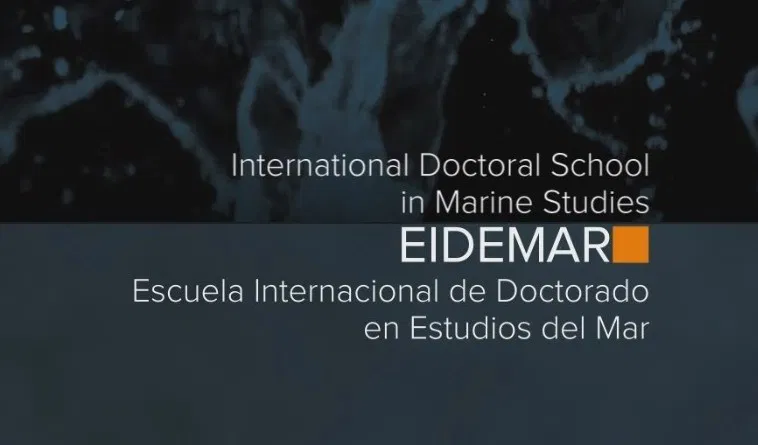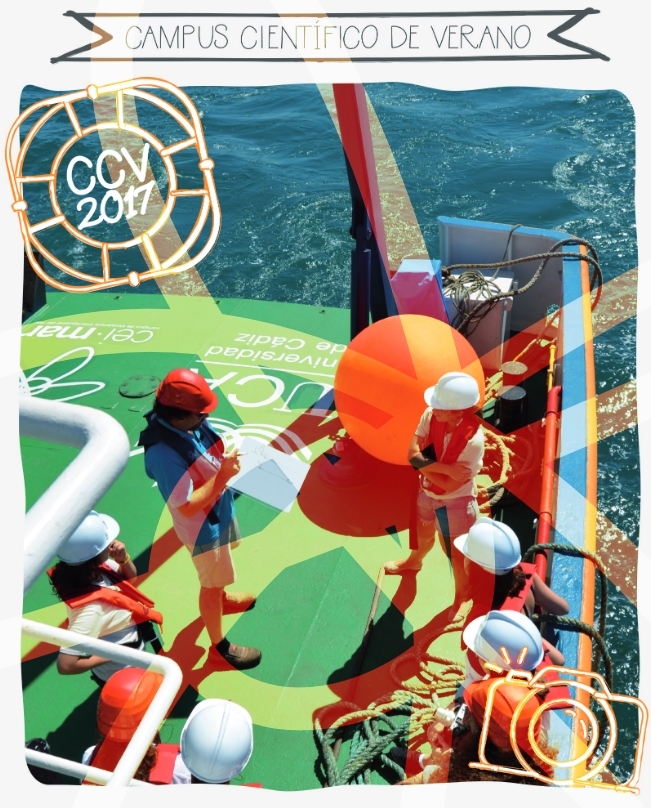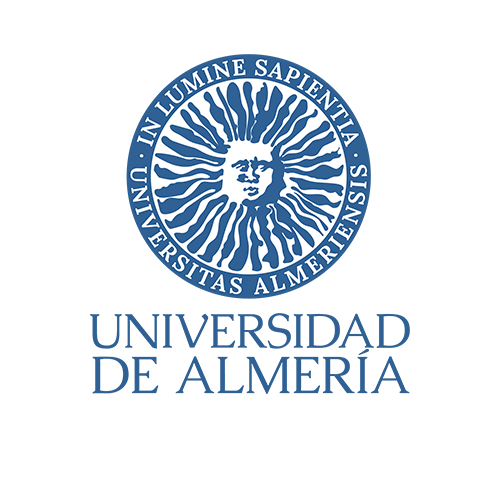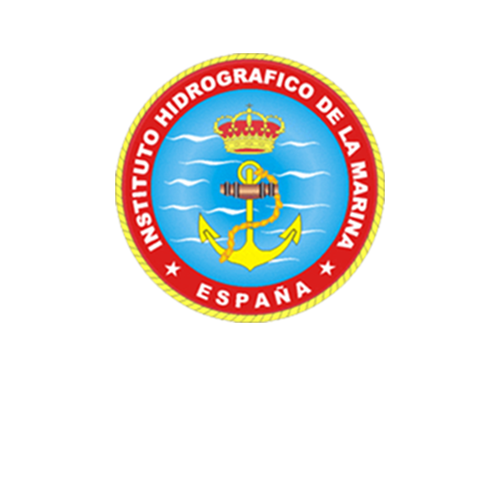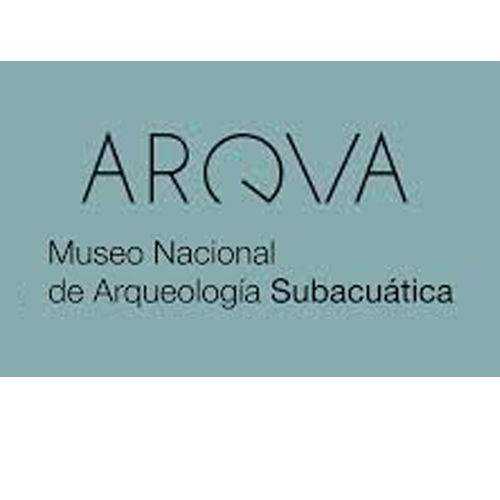The Salt Marsh La Esperanza cover an
area of 369,000 m2 in the Bay of Cadiz in a Natural Park. They are
located on a maritime public domain land and were rescued by the
Directorate General of Coasts of the Ministry of Environment, Rural and
Marine in 2007 as part of its “Farm Acquisition Program”. Subsequently
it was granted in concession to the University of Cadiz, university
coordinator of CEI·MAR.
This concession is granted to the UCA for the implementation of the
project “Sustainable Integrated Management Salt March La Esperanza”,
including among other activities the exploitation of artisanal salt,
exploitation of sea salt, environmental education activities and
ecotourism, and research and biodiversity conservation. In these farms,
the University of Cadiz has already made an initial investment of
96,416.82 euros for the partial rehabilitation of the salt house and the
restoration of Salina La Esperanza through the development of Interreg
III-B Project 159 – SAL. Also, through the provision of 80,000 euros
from the Dreamers 2011 State Lotteries and National Geographic Award
have developed various recovery actions of various infrastructures of
the salt and the disclosure and dissemination of educational values of
the salt marsh. Moreover, the Ministry of Agriculture, Food and
Environment has performed an important project of environmental
regeneration of the salt of La Esperanza, which has invested 484,414.03
euros to carry out the second and third phase of restoration. The work,
which was delivered in September 2012 at the University of Cadiz, has
been aimed at the functional regeneration of the salt marsh of La
Esperanza, through its hydrological restoration, strengthening turns out
repair gates, reconstruction of crystallizers Hope girl and gashes
cleaning and restoration of Esperanza Grande and the recovery of this
ethnographic heritage in them.
Since its restoration in it have carried
out research project focused on the application of renewable energy in
aquaculture or production of new species of macrophytes. On the other
hand they have requested the necessary permits for the sale and
consumption of salt produced in its facilities over the past year.
Finally, there have been numerous workshops for the dissemination of the
landscape and salt marsh culture for school students and adults and has
been visited by both national and international students as a sign of
an example of sustainable management of a traditional activity.
On the other hand, the experience gained
in the management of these salinas has served as seed for the
application of several projects (Interreg, Biodiversity Foundation)
focused on the exploitation of salt in a traditional way, demonstrating
its economic viability to combine with other activities as may be
tourism or production of microalgae.
Salt extraction process in La Esperanza
In the last year the Bay of Cadiz
Natural Park has built in access one of the so-called “Gates of Natural
Park” by considering an area of particular relevance. It give its degree
of conservation, use and management and trying to publicize these
initiatives the general public.
Currently the Salinas “Our Lady of La
Esperanza” is manage by a company. This company is responsible for its
maintenance in exchange for a fee and benefits report of the traditional
exploitation of salt and ornithological tourism. The CEI·MAR researchers can use the Salt Marsh for their experiments and projects without problems.



